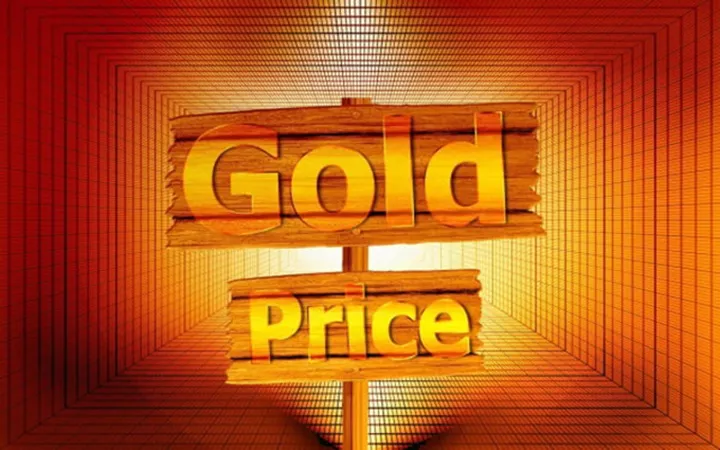Gold prices surged to a new record high on Monday, April 1, as concerns over a global trade war intensified. Spot gold reached $3,115 per ounce, marking a significant 18% gain year-to-date. This is the 15th time gold has reached an all-time high in 2025, driven by rising geopolitical risks, increased central bank purchases, and new U.S. tariff policies.
Rising Tariffs and Safe-Haven Demand
Gold’s price increase is largely attributed to heightened safe-haven demand. This sentiment grew after U.S. President Donald Trump signed an order last week imposing a 25% tariff on auto imports. Additionally, the U.S. plans to implement “reciprocal tariffs” targeting goods from various countries this Wednesday. Analysts also point to the Federal Reserve’s decision to reduce its rate-cut expectations for 2024 from three to two, which has further supported gold’s rally.
Investment Banks Adjust Gold Price Targets
Several major investment banks have raised their gold price forecasts for 2025:
-
Amy Gower, a metals and mining strategist at Morgan Stanley, noted that central bank gold purchases have doubled compared to the last decade. Retail demand for gold bars, coins, and ETFs has also surged. Gower predicts that if macro conditions improve and interest rates ease, gold could climb to $3,300-$3,400 this year.
-
Max Layton, Global Head of Citigroup Commodities Research, forecasts that gold could reach $3,200 in the near future, with potential to rise to $3,500 if U.S. economic growth slows significantly. He highlighted the role of central bank and ETF demand and pointed to U.S. trade policy as a key factor in driving prices higher.
-
Goldman Sachs raised its base-case forecast for gold in 2025 from $3,100 to $3,300, with a warning that under extreme market stress, gold could exceed $4,200 by the end of 2025 and possibly reach $4,500 in 2026.
Caution Among Analysts
Despite the optimistic outlook, some analysts caution about the impact of high gold prices on jewelry demand. India’s central bank paused its gold purchases in December and February, signaling caution at these elevated price levels. Gower emphasized that gold’s long-term price growth will depend on continued physical demand and favorable interest rate trends. As long as central bank buying and ETF inflows persist, the current gold bull market is expected to continue.
With global trade tensions ongoing, gold is increasingly viewed as the ultimate safe-haven asset. The markets are closely watching Wednesday’s U.S. tariff measures, as their effects could determine whether gold will break through the $3,300 mark.
Related Topics:

